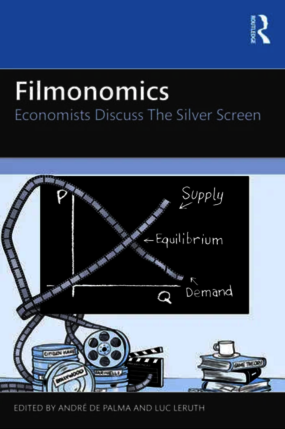ABSTRACT
The job of an army is to wage war. The ancient samurai warrior and a modern soldier do the same job using different approaches. The job of an economic historian is to tell stories about the past. The old guard of the economic history discipline and the new wave of practitioners, referred to as “cliometricians,” do the same job in different ways and have at times clashed with one another over these differences. In the same way, the Satsuma Rebellion was a clash between the samurai and the modern army. This is the story of the evolution of economic history, the revolution that sparked a divide, and how the strengths of each party make the discipline stronger. It is told against the backdrop of the Satsuma Rebellion, popularized in the film The Last Samurai.
Published in Filmonomics Economists Discuss the Silver Screen (1st edition)
Description
What could movies as diverse as The Last Samurai, Cléo from 5 to 7, or Dr. Strangelove have in common? Filmonomics has a simple yet intriguing answer: economics as the main driving force of the plot or as the main motivation of the characters’ actions.
This book analyses how movie makers use economic and financial motives in their plots or to build their characters. Have they done it in line with economic theory? Or are they proposing a new angle, a new perspective, that economists should take note of? The authors here do not discuss wages in the film industry or the economics of movies. What interests them is the economic motivations underpinning the behaviour of fictional characters in their favourite films. They argue that credible movie characters can behave in irrational ways, and movie makers occasionally introduce new ideas that economists should take note of.
A unique contribution, this book will be of interest to readers eager to discover what economists have to say about films and film directors. It will be indispensable for students and researchers of economics, media studies, film studies, and cultural studies.



